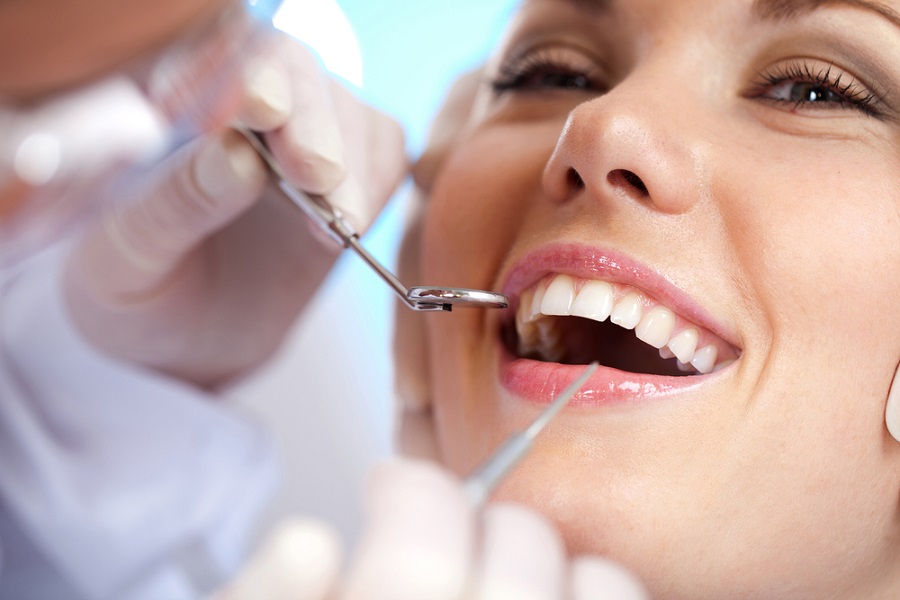There are many patients who prefer following dental restoration procedures as a result of injuries, illnesses or other kinds of problems which may have an impact on their oral health as well as the appearance of their smile. But, all procedures do not offer similar results. In the present scenario, Digital Smile Design has arrived into the scene of dental smile design like a storm. It is providing great results due to the predictable outcomes for every patient.
The Procedure
This is a unique procedure whereby your dentist is going to use the diagnostic vision for enhancing the predictability and for better communication between the doctor and the patient. In this method, the treatment plan is dependent on the thorough analysis of the facial as well as the dental proportions of the patient. There is vivid use of photographs, videos, and temporary mock-ups through which the dentists can establish a better sense of the relationship between the gums, lips and teeth. The software helps in ascertaining how these three things work together for creating the smile of the patient.
The best part of DSD is how it helps in catering to the emotional requirements of the patients by finding out how they react to various situations. All these factors are taken into considerations when the treatment plan is being created using DSD technique. The dentist works out a plan for the creation of the physical way for expressing these reactions. Your provider would be more than a dentist, having an artistic vision which is imperative for the formation of beautiful smiles. In the end, such an interaction with your dentist is going to give you the desired positive results.
Starting with the Process
One of the important steps is choosing the right provider near you. You need to determine what benefits each prospective provider can render you in the various treatment options. When you choose to move forward with the treatment, your dentist is going to proceed by taking the three-dimensional pictures as well as videos at different angles inside the mouth. This scanning is performed with the help of an intraoral scanner. In the end, the data gets imported into the DSD software, where the final evaluations are made.
On seeing the various images, you can save your time in the process. This would be useful because you wouldn’t require coming back for more imaging post-consultation.
Thus, the technique is making things easier, time-saving and more desirable for patients as well as the dental providers.




